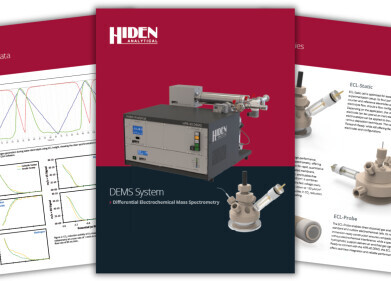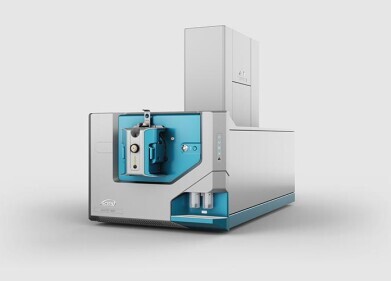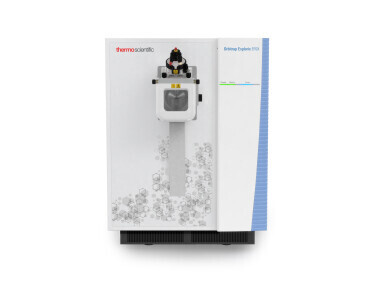Mass spectrometry & spectroscopy
FTIR aids understanding of soil organic matter
Feb 11 2021
Soil chemistry aims to characterise the contents of soils to understand their ability to promote plant growth and to act as vectors for environmental contaminants. There has been a shift to the latter in recent years. Soil analysis is undertaken as a matter of routine when assessing construction sites for contamination, for agricultural soil management and improvement, and to study the effects of invasive plant and animal species on soil matter.
The major component of soil is the inorganic mineral matter which comprises about 40-45% of its bulk; the remainder is air and water and a small fraction of soil organic matter (SOM). The organic component is a mixture of various living, dead, and decaying organic materials, along with a stable part known as humus .
FTIR is one of several techniques, along with Raman and LIBS, which offers a rapid and multi-parameter measurement of soils to replace the slower (albeit direct) methods of digestion and titration. Though it is naturally suited to the study of organic matter, the mineral content of some soils also contributes to the signals found in the mid-infrared region, and careful subtractions are often required to ensure that the measured spectra are indicative of organic matter only. This is an ongoing area of research.
Remediation of metal contamination
Contamination of soils by heavy metals presents a threat to human health. Metals such as lead, cadmium, mercury, and arsenic are able to produce toxic effects in organisms even at low dose levels, and consequently this has been an area of concern for health and environment agencies such as the US Environmental Protection Agency and the World Health Organisation (WHO).
Through contaminated soil and water, cadmium eventually ends up in the food chain. FTIR was used to assess surface functional groups of two biochars. For the analysis samples were ground and mixed with potassium bromide (KBr) before being made into pellets using a Specac press. Spectra showed broadly similar features overall, with peaks in assigned to OH groups, carbonyl C=O, alcohol/phenol O-H bend, C-O groups, and C-H groups. But they also displayed some differences in the lower wavenumber region of the spectrum which were attributed to differences in silica content between the biochars. They determined that the two biochars can both successfully reduce mobility of Cd in the soils, but more work is needed to customise their properties if they are to be used for remediation of metal contamination.
Invasive species
For this study, spectra were recorded on freeze dried samples taken from all three plot-types before clearance, and again after 32 weeks. The group used a Golden Gate diamond ATR accessory mounted in a commercial FTIR spectrometer.
Digital Edition
Lab Asia Dec 2025
December 2025
Chromatography Articles- Cutting-edge sample preparation tools help laboratories to stay ahead of the curveMass Spectrometry & Spectroscopy Articles- Unlocking the complexity of metabolomics: Pushi...
View all digital editions
Events
Jan 21 2026 Tokyo, Japan
Jan 28 2026 Tokyo, Japan
Jan 29 2026 New Delhi, India
Feb 07 2026 Boston, MA, USA
Asia Pharma Expo/Asia Lab Expo
Feb 12 2026 Dhaka, Bangladesh
---Golden-Gate.jpg)
---Golden-Gate-2.jpg)


















